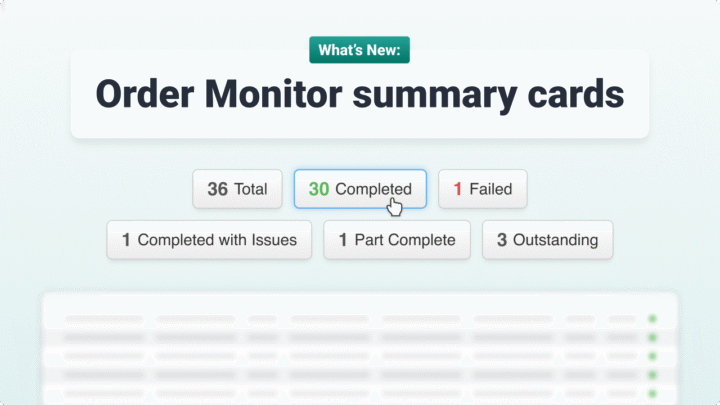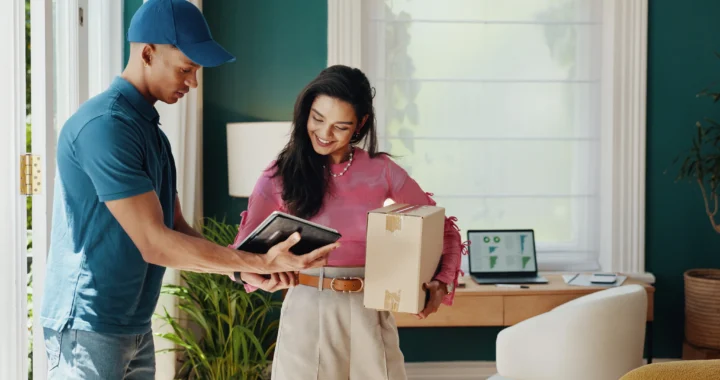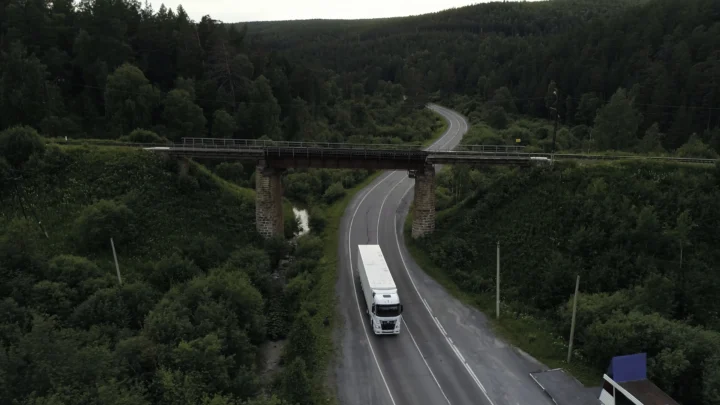If you’re a business operating in the ecommerce space, then you may already be familiar with the concept of ‘bracketing’ and how much it could be costing your business each year.
If not, then perhaps you’ve even ‘bracketed’ goods yourself without realising it had its own definition!
Research conducted by Narvar in 2022 stated that 63% of shoppers surveyed admitted to bracketing.
In this post we’ll be answering:
- What is bracketing
- Why do people do it
- What are the impacts/effects and
- What can you do to combat it?
So let’s dive right in.
What is Bracketing in e-Commerce?
‘Bracketing’ in e-commerce refers to the act of purchasing multiple variations of the same product with the intention of keeping one and returning all of the others.
It’s a process which is most commonly used for fashion purchases, however that’s not to say that it couldn’t be applicable across a whole host of other industries.
Its primary use by consumers is to try various sizing or different colour options of clothing in order to determine the best fit, with the unwanted items being returned to the retailer.
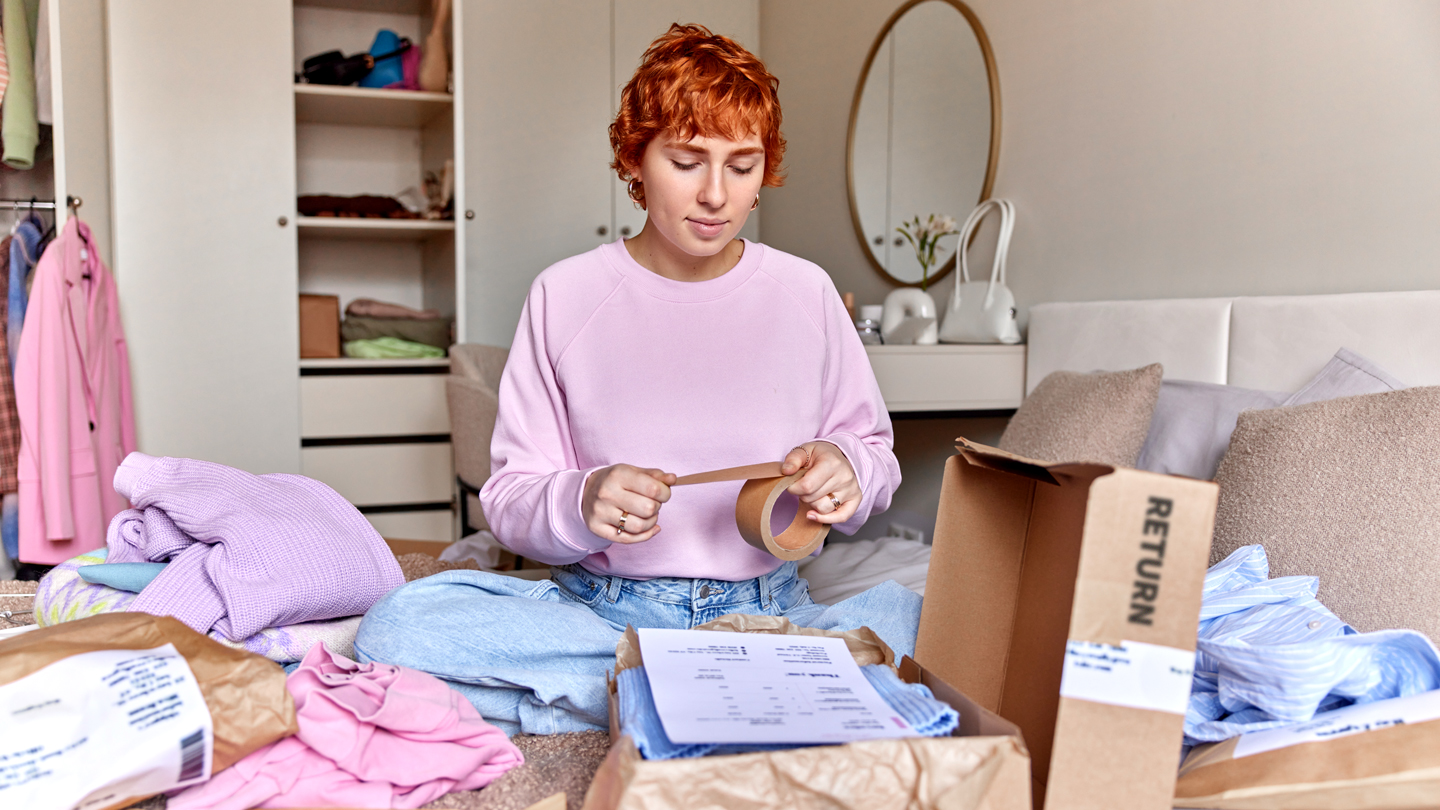
Why do people bracket their purchases?
There is one key driving force behind consumers bracketing their purchases.
Convenience.
In years gone by, you would go into your favourite fashion retail stores and take multiple colour or size variations of the same product into the changing rooms to decide which one suited you best.
However, with the rise of e-Commerce and purchases being made remotely, this became a luxury that was no longer afforded.
“In 2021, shoppers sent back about $218 billion in merchandise they bought online”
Insider
So what did consumers do?
They did what they always do. They found a workaround.
And they’re not doing this with any malicious intent for retailers.They’re purely doing it to reduce the friction in their online shopping experience.
But unfortunately that comes with costs and impacts the businesses upon whom it is being performed.
What are the effects of bracketing?
While convenience is the driving force behind bracketing, what’s convenient for customers is often a giant headache for retailers.
And the headache of bracketing comes in two main forms – cost and sustainability.
The costs for businesses
Insider reported that “In 2021, shoppers sent back about $218 billion in merchandise they bought online”, which was more than double the amount returned in 2020 ($100 billion).
Cost will almost definitely be the number one factor on retailer’s minds when it comes to the impacts of bracketing on their business.
And with that amount of merchandise being returned on a global scale, who can blame them.
When the goods are returned there’s a cost.
When they’re stored back in the warehouse, there’s a cost.
When they have to be planned for another delivery, there’s a cost.
When you need to increase the number of vehicles to visit the same number of addresses, there’s a cost.
If goods are not in adequate enough condition to be resold as ‘new’, there’s a cost.
At almost every touch point the business has with the product after it’s returned, there is a cost to be incurred.
And not only that, but with more and more items being returned, it increases the time it takes for all returns to be processed, every day, which can lead to inefficiencies in your operation.
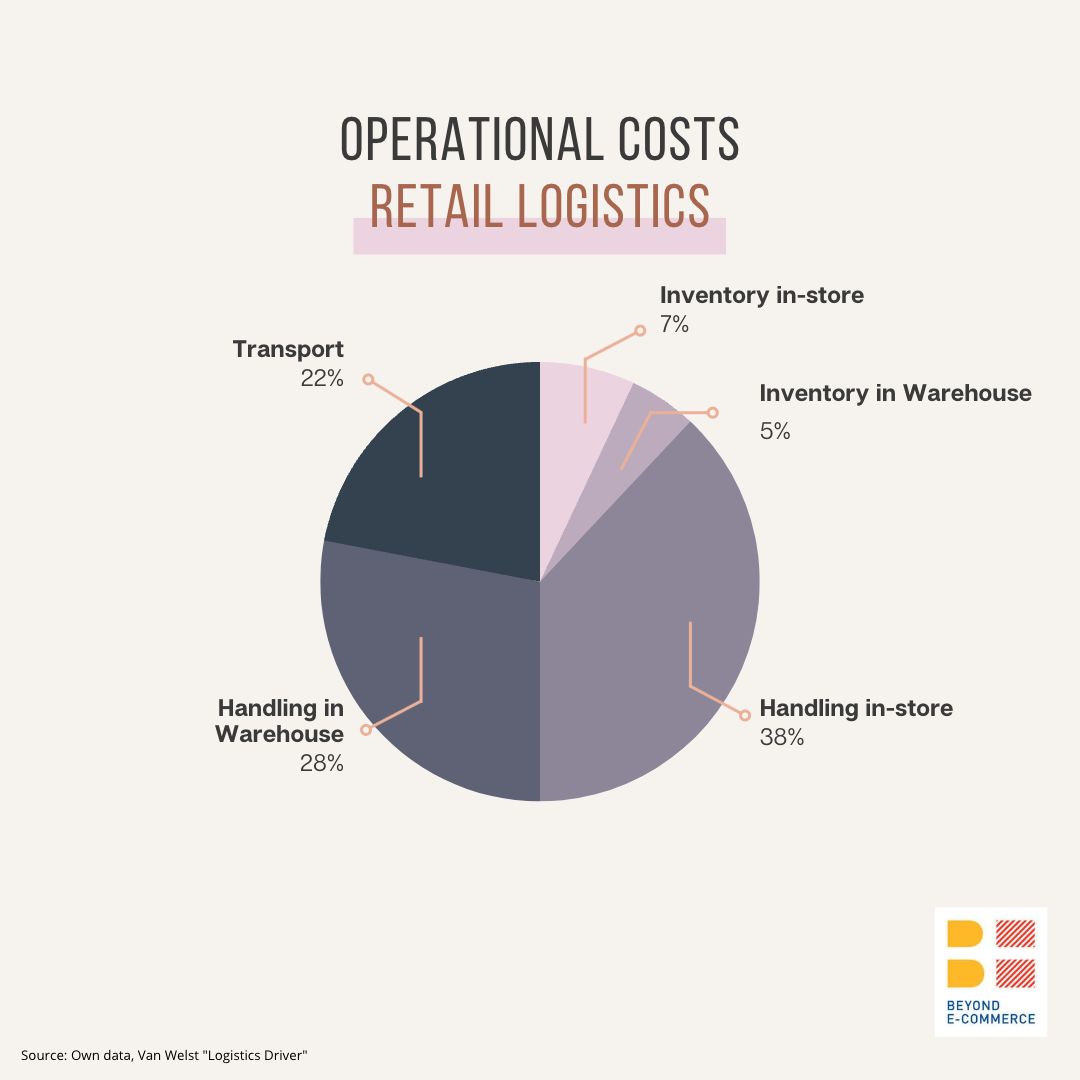
A LinkedIn post by Wolfram Latschar (Founder of Beyond E-Commerce GmbH) suggested that 55% of retail logistics costs come from handling in Warehouse, Transport and inventory in Warehouse.
All of these areas are affected as a result of consumers bracketing their products, and each one narrowing the profit margins on the items involved in bracketing.
And if reducing costs is high on the priority list for your business (and we know it will be!), then it may be time to start looking at the way you offer returns and combat bracketing.
The sustainability impact for businesses
Whilst cost is the big factor, bracketing can also impact any attempts by businesses to achieve certain sustainability targets or reduce their carbon footprint.
If more than 60% of your customers are now ordering 2 or 3 versions of every product they want, the space for those packages needs to exist for the deliveries to happen.
This means putting more vehicles out on the road to fulfil your deliveries, increasing mileage, increasing fuel consumption; all while negating the efforts being made to reduce the environmental impact of your operation.
And the same applies to the returns part of the process.
When consumers order a single product online, there is a CHANCE that they will need to return it.
However, when a consumer brackets their products online, there is almost a GUARANTEE that they will need to return at least one of them.
Whether the products are directly by the retailer, Royal Mail, or by courier, the product doesn’t get back to the retailer’s warehouse without at least some impact on mileage or fuel consumption.
If sustainability is a big focus for your business, it may be time to reassess how you offer returns to your customers!
And what’s more, if you are looking to reduce your carbon footprint, Stream’s intelligent route planning can help you plan the most efficient delivery routes to reduce the total mileage your drivers are covering!
How can you combat bracketing?
Increasing prices seems like an obvious solution to recouping the costs of customers bracketing.
However, that means ALL of your customers suffer (even the ones who aren’t exploiting this loophole).
With that in mind – what can you do to try and decrease the likelihood of customers bracketing their purchases from your online store?
Offer credit instead of cash for returns refunds
Offering credit as opposed to cash refunds is a great way to both deter bracketing and also encourage customers to make additional purchases from your online store.
While it may not be a guarantee, as some customers may still choose to do it if they expect to spend more on your store in the future, it does just remove that sense of it being a ‘no costs incurred’ transaction from the consumers point of view.
Stop offering free returns
Free returns is probably the single biggest culprit for the rise of bracketing in e-commerce.
While offering free returns has helped businesses to build customer loyalty and a preferential e-commerce experience, bracketing has highlighted the downside, or loophole, that’s been created as a result.
Every time a free return happens, the customers feel as though they haven’t lost anything.
But we all know that the business offering the free return, has.
So while it may be great for customer acquisition, every free delivery and every free return aren’t quite as healthy for the business’ bottom line.
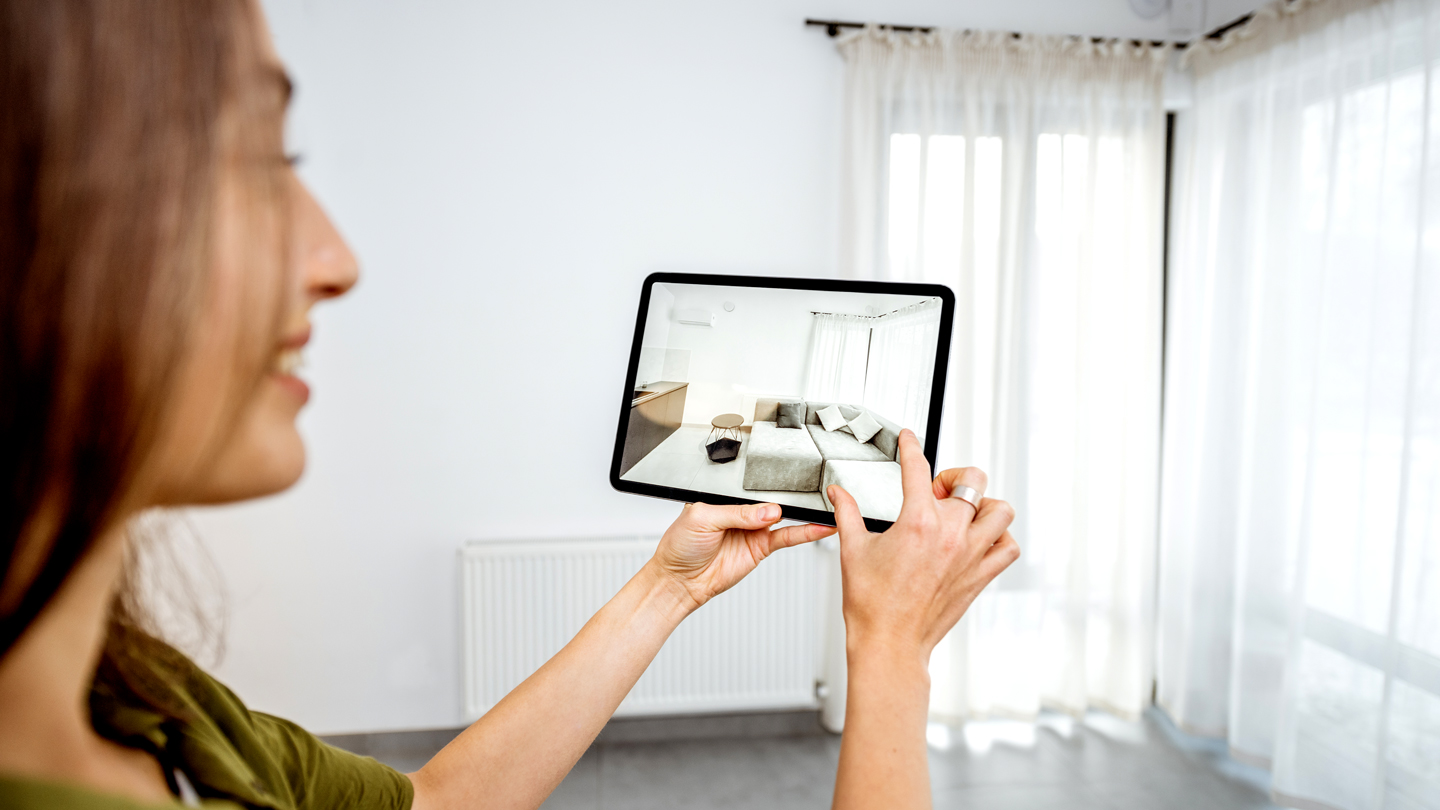
Leverage technology to remove the need for bracketing
Ever heard of Augmented Reality (AR)?
It’s what the likes of Facebook, Instagram and Snapchat are using to place hats on your head or masks on your face when you’re posting your videos.
And it’s even what IKEA uses in their ‘IKEA Place’ app to let you see what their furniture looks like when positioned in your own home, before you’ve even made a purchase.
Now imagine this, but for fashion.
Imagine being able to use selfie mode on your phone to see how you’d look in different colour variants of products, how different sizes fit the shape of your body, or even how you look wearing something you never thought you’d see yourself in!
Furthermore, it could even allow you to start offering fashion recommendations to customers based on the sizes and shapes of their bodies, just like Ray-Ban have started doing with their ‘Face Shape Guide’ for glasses.
And who knows, the ability to try on every single product in your inventory without ever leaving the living room, might encourage shoppers to spend even more money in your store, and increase the lifetime value of your customers.
In Summary
Bracketing is a workaround that customers have found to make the online shopping experience more like the in-store one.
However this comes with significant costs to the businesses that it’s used on.
But businesses can combat the effects of bracketing by stopping offering free returns, changing cash refunds to credit-based refunds for returned goods, or harnessing the power of technology to improve the online shopping experience to give the customers what they want.
As with anything, it’s about finding the right solution to combat the problem in the correct way, so that everybody wins.
Frequently Asked Questions
Bracketing refers to the act of purchasing multiple variations of the same product, whether that be in different colours or different sizes, with the intention of keeping the correct item and returning the unwanted goods to the retailer.
According to research conducted by Narvar back in 2022 (as cited above) 63% of shoppers that they surveyed admitted to having used bracketing when making a purchase.
As we’ve mentioned above, you can use a number of methods to try and stop customers bracketing products in your online store, including: stopping offering free returns, offering store credit instead of cash refunds for returned goods and using technology such as Augmented Reality (AR) to allow a ‘virtual try-on’ of fashion products from home.
